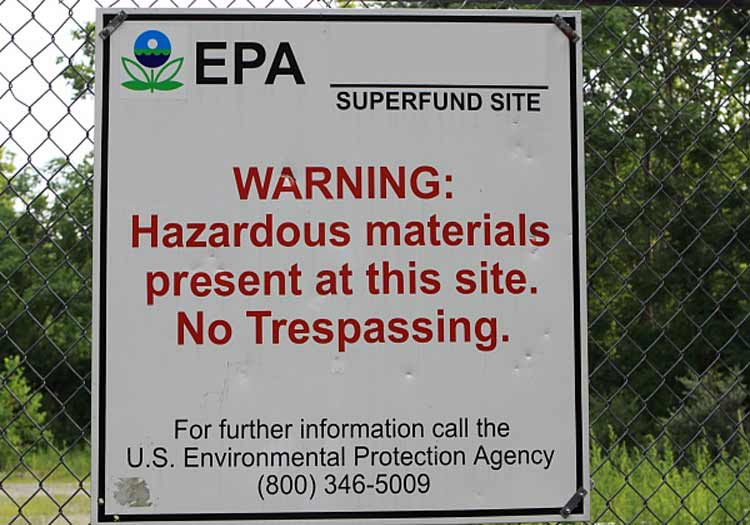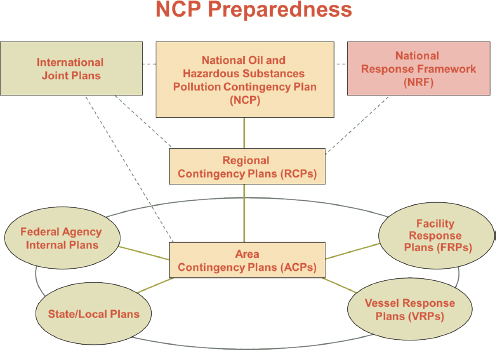Well, the overseer could be simple answer as the Environmental Protection Agency (EPA) as it is the federal entity that not only enforces chemical, waste, and cleanup detailed by the Resource Conservation & Recovery Act (RCRA), but they also support CERCLA (Comprehensive Environmental Response, Compensation and Liability Act created in 1980) in finding and remediating contaminated sites called Superfund sites.
Not only does hazardous waste pose a serious threat to humans directly, but it also can harm us indirectly if allowed to escape into soil or water. In order to effectively remove these wastes they need trained professionals to safely handle, treat, and store the waste. A number of these instances may include underground storage tanks, asbestos, lead paint, etc. Underground, you can imagine, is much more complex of an issue when it is necessary to not only contain the contaminant from traveling and spreading out, but also to successfully remove the pollution from each area affected.
The EPA has many important jobs concerning our environmental and human health, one of them being in charge of creating and managing various cleanup programs including the Superfund Program. This in particular was set up to manage life threatening sites on either short term sites or longer term sites on the National Priorities List.
For our safety, a waste management system called "Cradle to Grave", instilled by RCRA details how waste is managed during its creation and when it needs to be removed. Each waste has it's own threats, vulnerabilities, and specific regulations as listed in OSHA's MSDS (Material Safety Data Sheets).
OSHA, the Occupational Safety and Health Administration created by Congress in 1970, was put in place to ensure that those who were responsible for removing toxic waste would understand the correct methodologies and resources while working in a safe working environment. With OSHA's training and all of the acts enacted by Congress during this time (late 60s through 90s), the National Oil and Hazardous Substances Pollution Contingency Plan (NCP) was outlined and modified to assist the EPA and the states as what actions to take and how to set up who was in charge, including the necessary teams for the actual remediation, in certain circumstances. Per situation, either a state or Federal representative will oversee the progress, various teams will map out the contaminated area, and only certain people will be allowed in delegated zones in and around the affected areas. The whole ordeal is a huge undertaking and any mistakes or loose ends could be fatal.
In the end, depending on the severity and location of the spill or hazardous waste site, the NCP plan goes into affect and every task is then delegated from the federal tier to the local tier. Then again, prevention is better than cure.


